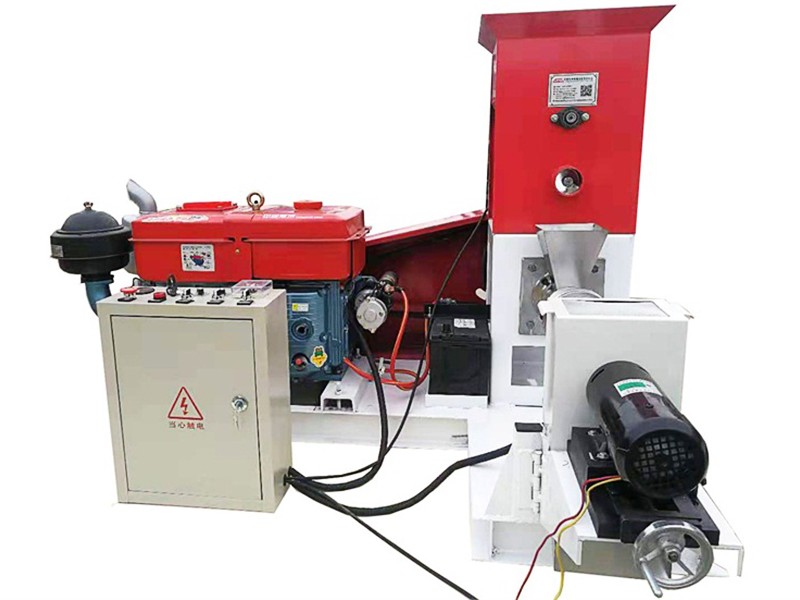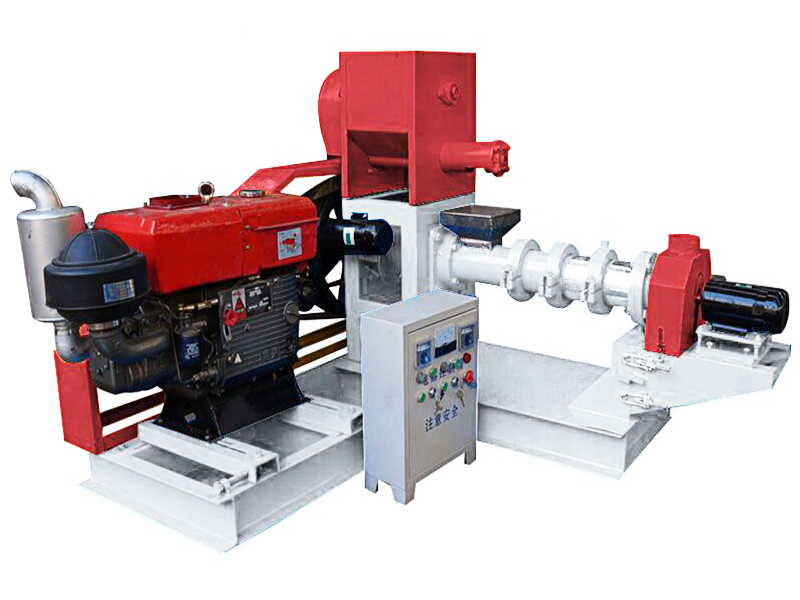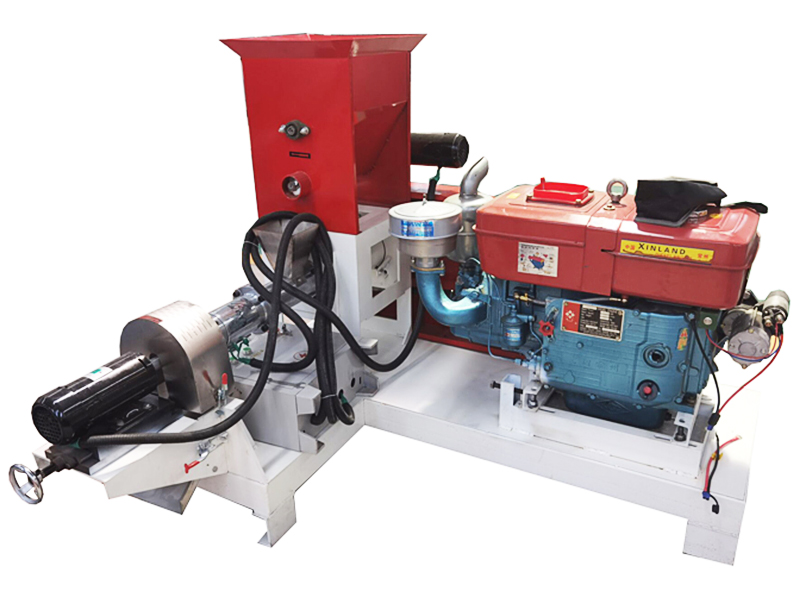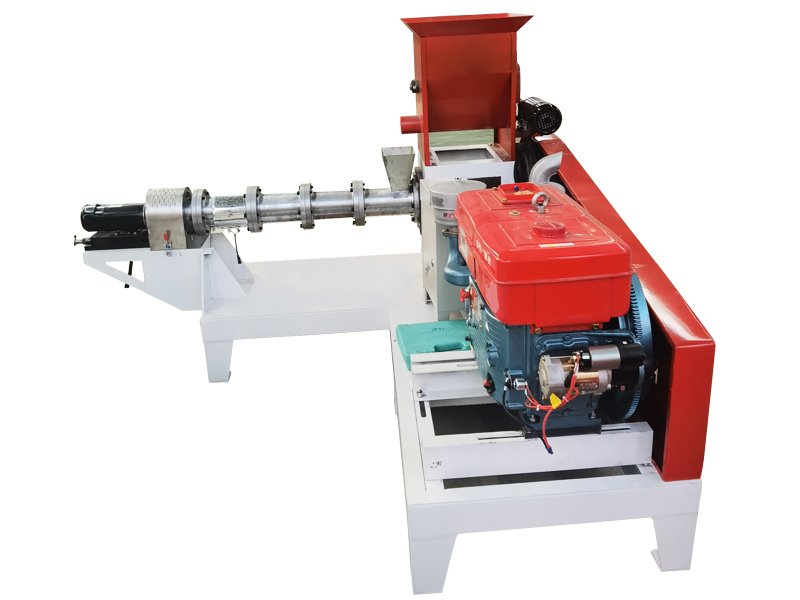



This machine is our flat die pellet machine, power from 15kw to 55kw ,the capacity from 100kgs/hour to 1000kgs/hour. This machine can be used for making biomass pellets and animal feed pellets, suitable for small scale pellet production. More Information. Get A Quote Now.
challenges and opportunities of cattle fattening and support needs of the sector. Therefore, there is a need to review and avail information on cattle fattening for those who wish to engage on small or large scale cattle fattening as well as on commercial feedlot enterprises in Ethiopia. Therefore, th is review aimed at
Ethiopia’s livestock population is the largest on the African continent with 80 million cattle, sheep, goats, and camels. Their diets consist of crop residues, like straw, stover, and native forage from communal pastures and rangelands. Such diets are low in energy and protein, which limits animal productivity and health.
Jul 21, 2023 · Ethiopia’s development plan has laid out enhancing agricultural production and productivity as one of the major strategic pillars. In addition, the ten-year development plan aims at boosting agricultural export revenues and substituting imports by reducing production costs.
In Ethiopia the per capita consumption for beef, pork, poultry and sheep was 2.4 , 0, 0.5 and 1.2 kg , respectively (Table 1 ). These values are far below the average of most African countries. Beef cattle fattening practices, constraints and future potentials in Ethiopia 3403. Animal Research International (2019) 16(2): 3401 – 3411.
Feb 26, 2021 · Ethiopia has a large livestock resource with about 60 million heads of cattle and about 61 million sheep and goats . The animals belong to various production systems ranging from pastoral to mixed crop-livestock systems with different levels of intensification [ 24 , 42 ].
Livestock production contributes up to 80 percent of farmers’ income in Ethiopia and about 20 percent of agricultural GDP. Ethiopia has the largest livestock population of any country in Africa. Nutritional factors are the binding constraint to sustaining livestock production in the country. During the latter part of the dry season,
Jan 25, 2021 · Abstract and Figures. In Ethiopia, large scale land investments have been expanding into pastoral regions. However, little is known about the consequences of these investments on the food security
Ethiopia involving a vast number of small scales, medium scale and large scale farms The rural dairy system is part of the subsistence farming system and includes pastoralist, agro pastoralist and mixed crop-livestock producers (mainly in the highland areas). The milk produced is mainly used for home consumption and feed
small-feed-pelletSmall feed pellet machine price in Ethiopia Small pellet plant is a complete pellet plant for making biomassfish fuel pellets or animal feed pellets. Its capacity can range from 200-700kg/h.
Jun 1, 2022 · The term ‘large-scale’ agricultural investment refers to the rush for acquisition of large tracts of land through leasing or purchasing (Osabuohien, 2014), by public and private sector actors, including governments and transnational corporations mainly in developing countries, for the production and export of food crops and bio-fuels
Dairy cattle production in Ethiopia: a snapshot. Cattle production is one of the main agricultural industries in Ethiopia. Livestock production as a whole contributes about 45 percent to agricultural GDP (Behnke and Metaferia, 2011) – cattle being the most important generator.
334573872(PDF) Exotic chicken production performance, status andJul 15, 2023 · p> Background: In Ethiopia, commercial farms have increased in farm size, and the majority of the
Ethiopia livestock feed pelletizer machine-Feed pellet Machine for Sale livestock feed pelletizer price near me-Feed Pellet MachinePelletizing Machine - Pelletizer Latest Price, Manufacturers. Call +91-8046054379. Contact Supplier Request a quote. Rin Email:lima37@limamachinery-Lima Tel:8619337889051 Whatsapp: 8619337889085 Home
The livestock sector contributes about 45% of the agricultural GDP, 18.7% of the total national GDP, and 16–19% of the total foreign exchange earnings of the country (Behnke and Metaferia 2011). In Ethiopia, dairy production depends mainly on indigenous livestock genetic resources of cattle, camels and goats. Cattle are the largest